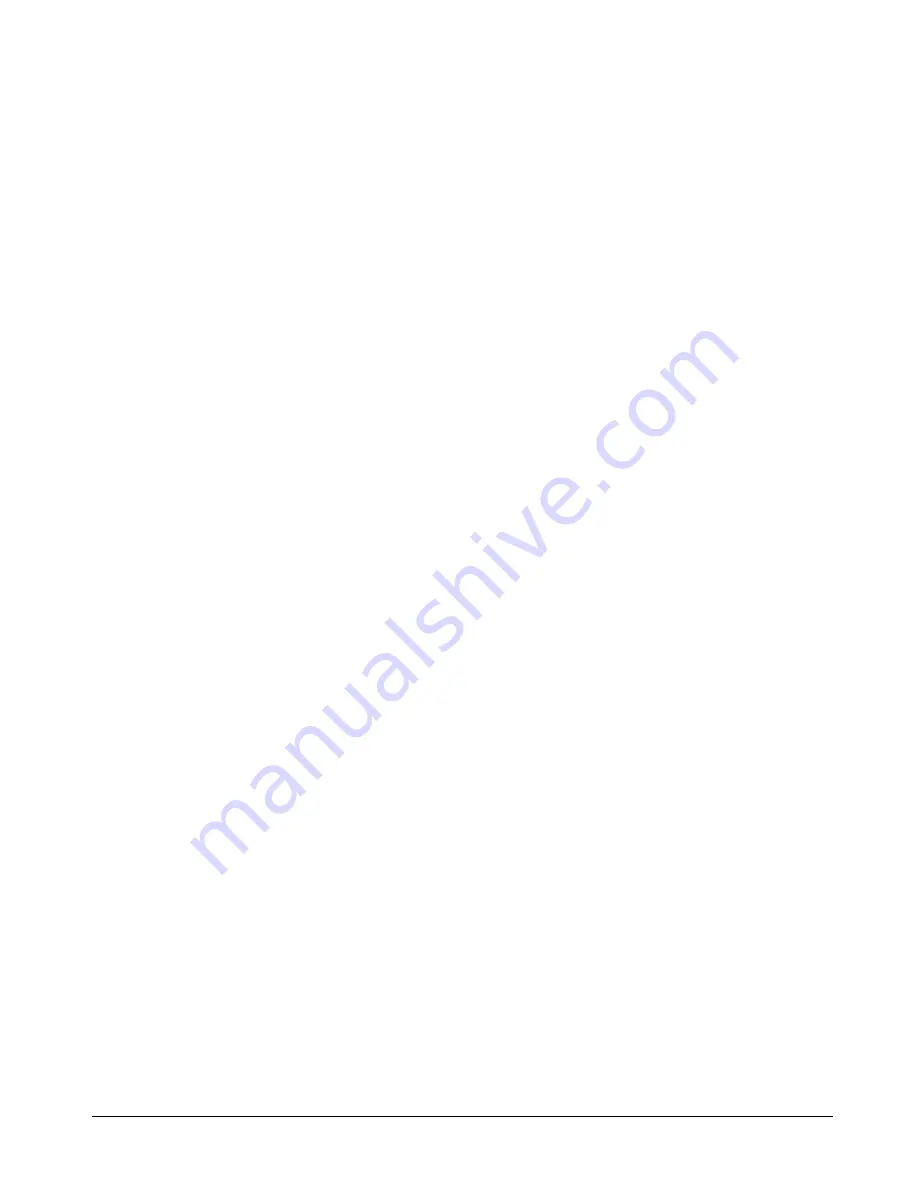
ii
Preface
Cleaning the Writing Surface
Before you clean the SMART Board interactive whiteboard, you should first log off. If you touch
the screen when the computer is in any other state (e.g., with a program open or at the
desktop), pressure applied to the screen will activate program components or scramble
desktop icons. We therefore recommend that you first log off, and then put the projector into
standby mode to more easily view dirt and streaks. We also recommend that you clean a
frequently used interactive whiteboard approximately once a week to maintain optimal clarity.
To clean the writing surface of the interactive whiteboard, use standard glass cleaner. Just
spray the board with cleaning fluid and wipe with a paper towel.
Remove marks made with a permanent marker by completely covering them with the ink from
a dry-erase marker and wiping with a soft cloth while the ink is still wet. Dry-erase ink contains
solvents that work to remove permanent ink.
Do not use low-odor or non-scented dry erase
markers as these markers do not contain appropriate solvents.
If any trace of the original
permanent ink remains, spray the area with standard glass or whiteboard cleaner and wipe
clean.
Preventing Damage to the Writing Surface
While the SMART Board interactive whiteboard is very durable, sharp writing instruments,
such as ballpoint pens or fine-pointed pens, can damage the surface if they’re applied with
heavy pressure. Keep these types of pens away from the interactive whiteboard and avoid
abrasive erasers and cleaning materials.
General Tips for Trouble-Free Performance
These tips apply to a SMART Board interactive whiteboard that is completely set up, with
SMART Board software installed and running.
•
Make sure all the styluses and the eraser are placed securely in the Pen Tray.
•
Check to see that the Ready Light on the Pen Tray is illuminated green.
•
Ensure that the interactive whiteboard is connected to a USB or COM port that is
recognized by the operating system and is not being used by another program.





































